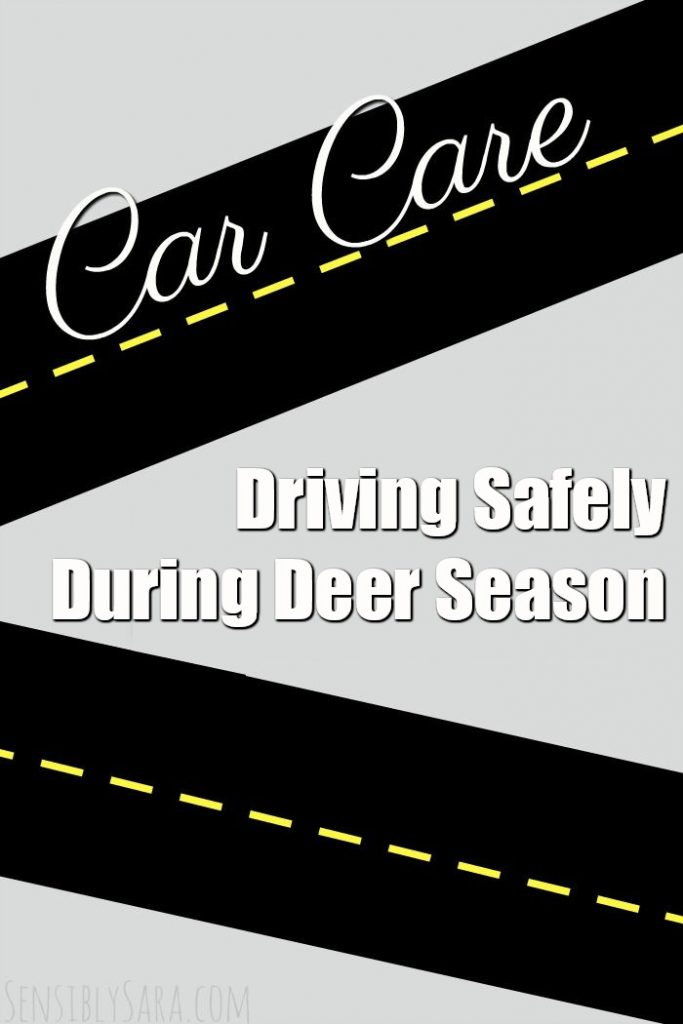According to an annual report from State Farm, between July 1, 2017 and June 30, 2018, there were 1.33 million vehicle collisions with deer (as well as caribou, elk and moose) in the United States. The report also shows that the top 10 states where deer-vehicle collisions are most likely to occur are West Virginia, Montana, Pennsylvania, Wisconsin, Iowa, South Dakota, Minnesota, Michigan, Wyoming and Mississippi. The chances of deer-vehicle collisions double in the fall months, October, November and December, because this is deer breeding season in North America. This means that doe are chased onto roadways by bucks, being less cautious about their whereabouts.

**Full Disclosure: This is a sponsored post.
Be cautious during dusk and dawn – Deer are most active during sunset and sunrise. These are also the most difficult times for your eyes adjust to the changing light, making it harder to see the road.
Pay attention to deer crossing signs – Signs are posted to warn drivers that a particular area is a high traffic area for deer crossings. When you encounter ones of these signs, reduce your speed by about 10 miles per hour (MPH).
Remember that deer travel in groups – If you do happen to see a deer, don’t think you can avoid hitting it because it is moving away from your vehicle. Deer almost always travel in groups, so if you spot one, there are likely others that are coming along.
Use your high beams – If there is no oncoming traffic, flip your high beams on so you can see the road a bit clearer, which will help to increase your chances of seeing a deer in the distance.
Wear your seat belt – While buckling up probably won’t prevent a collision with a deer, it will certainly help to prevent serious injuries if you do happen to hit one. Be sure that if you have passengers riding with you in your vehicle, they buckle up as well.
Move to the center of the road – If you’re on a multi-lane road and local law permits it, move your vehicle to the middle lane. The further you are from either side of the road, the more space the deer have, which may stop them from running out into the road because they became startled.
Reduce the interior ambient light – The lights from your dashboard can cause a glare inside the vehicle, thus reducing your ability to see what’s going on in front of you. By turning down your dashboard lights slightly, you’ll have a better chance to see if your headlights do happen to reflect in a deer’s eyes, allowing you ample time to step on the brakes.
Head over to Speedway Auto Group to find a car that fits your needs!
Leave a Reply